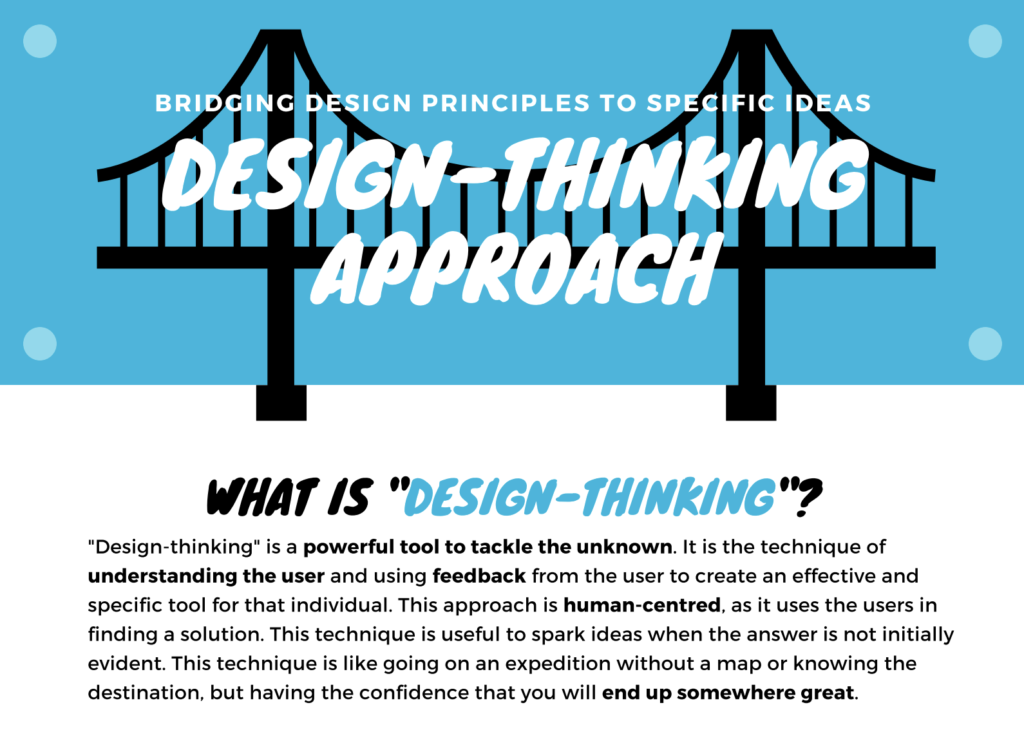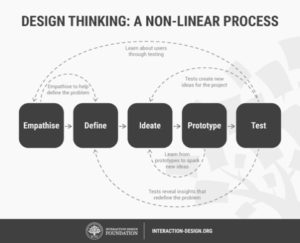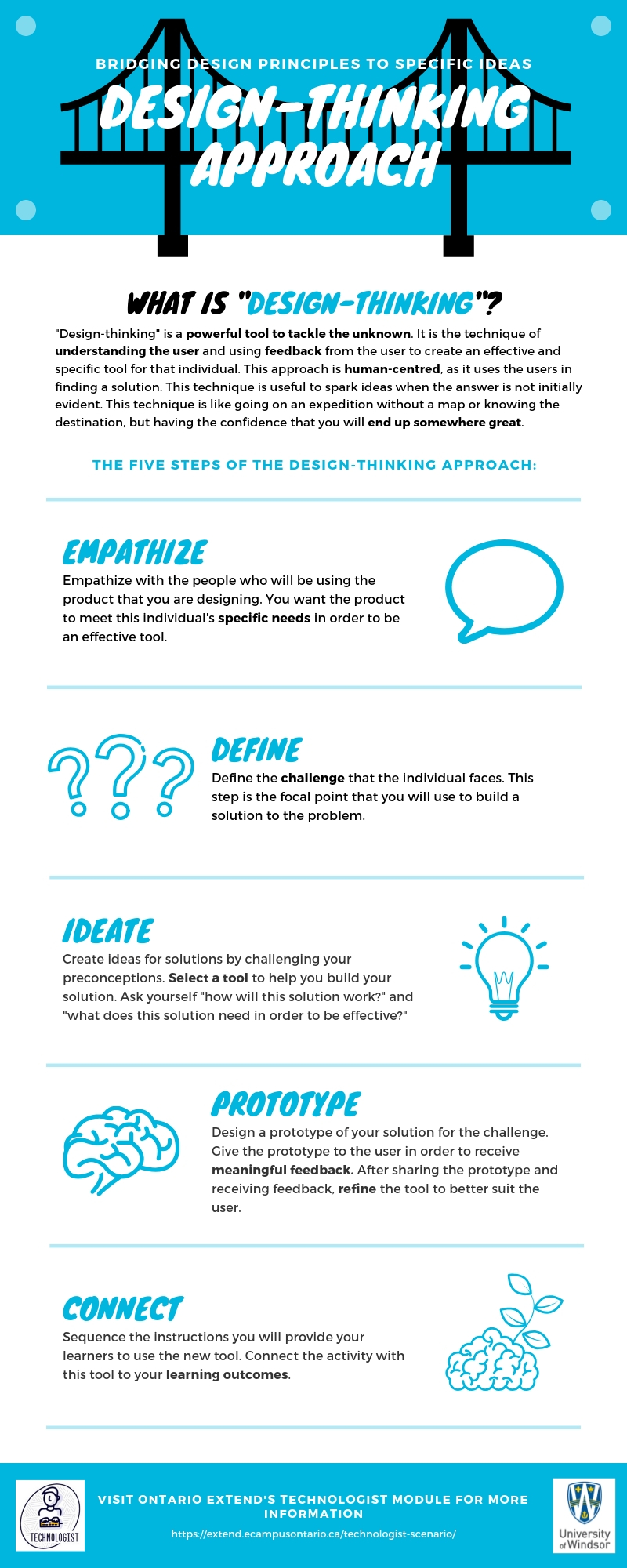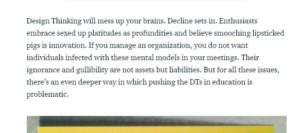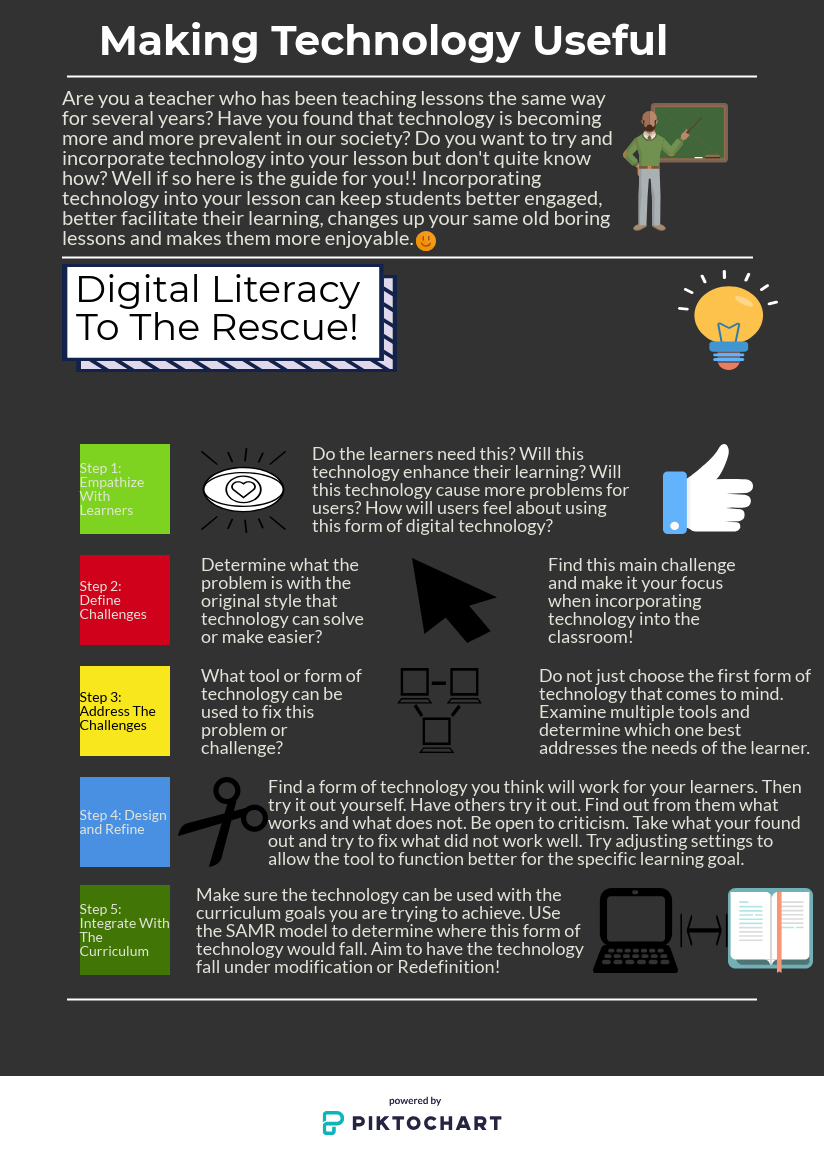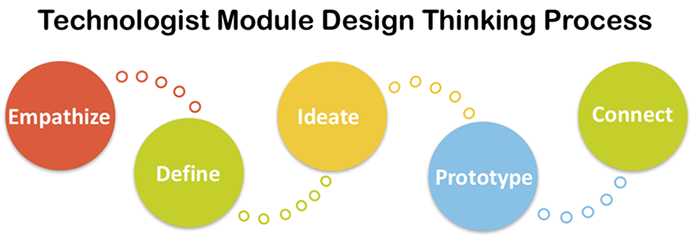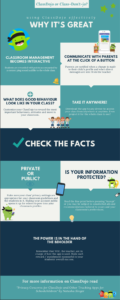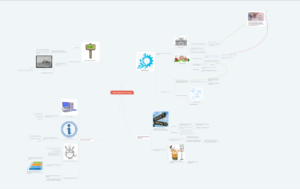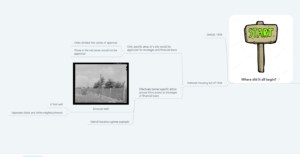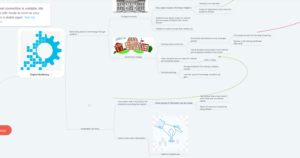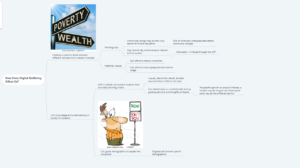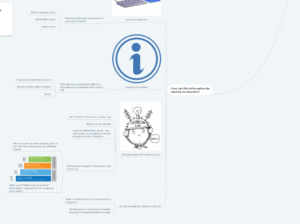
For my final multimedia reflection, I chose to create an infographic using Canva to summarize the key points of the Teacher for Learning Module from the eCampus website provided to us during class time. I chose to design an infographic for my third multimedia reflection because this is a visually pleasing way of conveying the main points of the Teacher for Learning Module. I enjoyed going through the creative process trying to find the proper layout and design for this post. I also enjoyed scrolling through the clip art to try and find the right image for each section of the module. I did find difficulty with some of the text boxes and trying to get used to how the clip art worked. I also had a difficult time adjusting through font sizes and entering new text boxes. All together, I would not say Canva is the most user friendly product when designing posters and visual aids but the final product, in my opinion, always looks clean and professional.

The overall goal of the Teacher for Learning Module is to ensure students are not just memorizing and regurgitating material. The point of this module is to ensure students gain a deeper understanding and appreciation of the material just as the educator does. This is crucial because there are an endless amount of teachers and educators that have a great passion and appreciation for the material they are trying to deliver to students but fall short of this delivery and assessment scores exemplify this. It is crucial for us as educators to make this profound connection with students because this is where true “Learning” and comprehension of the material presented can take place. As a student, I have seen teachers suffer this pitfall of education and it can be extremely troublesome because it hinders relaying further material. I have also experienced this pitfall in my own practicum experiences. This module is broken down into Seven Segments which give educators a background on how to connect the material with students effectively, and further build upon these lessons progressively using differentiated instruction.
These Seven Segments include:
Prior Knowledge: Focuses on the previous misconceptions and knowledge students bring into the classroom at the beginning of an educational experience. This can be either beneficial of detrimental to the overall experience of the student. New material should be connected to previous knowledge in an effective manner to ensure for effective comprehension of the student.
Organize Knowledge: The way we present information and how we subsequently categorize new knowledge can make dramatic differences in our students’ learning. We can help learners to make sense of new information by being explicit about how we suggest information fits with prior knowledge. Universal Design for Learning acknowledges that there is great variation in how individuals learn. Two major points of Universal Design for Learning:
- Learning should be designed to be accessible to everyone
- The general premise is that information should be conveyed in a variety of ways, known as “multiple means of representation.”
Motivation: What drives you to do something? What drives learners? Motivation is a complex topic that has been studied in many contexts and has many variables. However, there are a few things you can do to make stronger connections for students to motivate them to learn. Motivation can determine, direct, and sustain what students do to learn. Consider the acronym WIIFM (what’s in it for me?). You can use WIIFM as a helpful lens to consider your students.
Mastery: This principal is all about breaking down what we believe to be the most trivial of concepts to essentially those who are at a novice level. One of the most difficult aspects of deconstructing the skills and concepts associated with achieving mastery occurs when dealing with “threshold concepts.” These are often essential concepts in the discipline that must be understood in order to achieve mastery but are extremely challenging because once you fully understand them it is almost impossible to conceive of the topic without them. This is often described as an “expert blind spot.” If you have an expert blind spot, it’s difficult to break down the concept into its component parts because your thinking has been irrevocably transformed. It’s our role as educators to try and remember this.
Feedback and Practice: Feedback is most effective when it is provided at the right time for the learner. Often we design our assessments at the end of the learning to measure the final product, and we do not provide sufficient opportunities to scaffold learners toward the goal. The latter is known as formative assessment and can be immensely beneficial to you as a teacher in determining if your learners are on track. It is even more important for your learners to discover for themselves how well they are doing and how they can improve in particular areas.
Climate of the Course: This segment involves creating a safe and inclusive classroom climate for information to flow and effective comprehension of material to take place.
You can promote positive climate in your classroom by:
- Providing opportunities for small-group learning and interaction.
- Listening carefully.
- Offering opportunities to be heard.
- Providing an environment that makes uncertainty safe.
- Examining your assumptions.
- Being respectful and inclusive.
- Considering cognitive, psychomotor, and affective domains.
Metacognition:
Self-directed learning and actively taking the time to reflect on one’s own learning is described as metacognition. Developing metacognitive skills through deliberate practice and embedded checkpoints fosters intellectual habits that are valuable across disciplines. These checkpoints should occur at the beginning of the learning where students are encouraged to practice task assessment and planning. Metacognition should continue through the evaluation of the outcomes and adjust approaches accordingly.
Strategies to promote Metacognition:
- Be explicit; indicate what you don’t want; provide performance criteria.
- Provide opportunities to peer and self-assess; practice; and give feedback.
- Ask your students whether the answer they provide is reasonable given the problem.
-Anthony Cervi
#UWinDig
